
Construction crews are building wildlife crossings for cougars (mountain lions) across ten U.S. states, but the effort is raising more than bridges. Locals are asking tough questions about what’s really crossing lines: animals, budgets, or boundaries. So, what happens when conservation meets controversy in rural America? Let’s track where the tension is rising.
Oregon’s Rural Counties: Push Back Over Land Use

As cougar corridors emerge near the Umpqua and Siskiyou regions, rural residents are challenging the Oregon Department of Transportation’s land reallocation. Many fear local trail systems and hunting zones will face new access restrictions. The Rogue-Umpqua Corridor Plan includes efforts to improve bike and pedestrian routes along Highway 138.
Arizona: Weighs Wildcat Traffic Versus Border Security
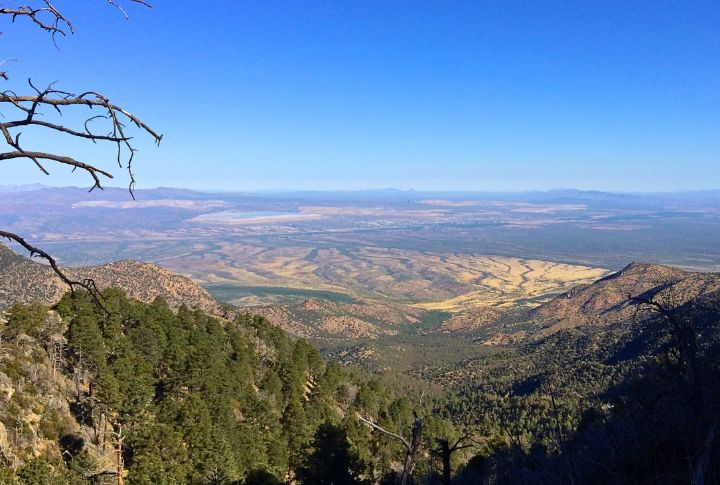
The Santa Rita Mountains project has stirred tension in southern Arizona. Critics say the cougar corridors cross areas often watched for smuggling. At a 2024 meeting, county officials discussed local GPS tracking data—but didn’t directly tie it to corridor planning, which fueled confusion over the path’s logic.
Utah: Hunters Voice Concerns Over Population Shifts
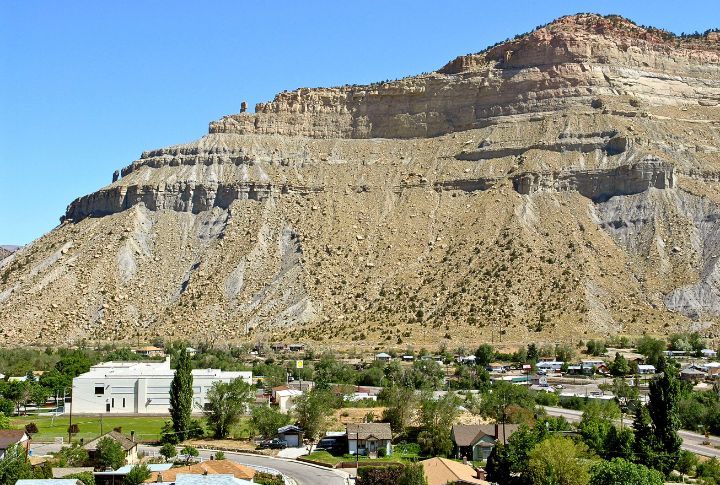
Sportsmen near the Book Cliffs and Uinta Basin argue that building new corridors could alter traditional cougar ranges, which complicates management. The Utah Division of Wildlife Resources has noted increasing conflicts between human recreation and lion behavior since 2021, and that has prompted fears that the corridor may expand rather than stabilize cougar presence.
California: Struggles With Livestock Loss Fears
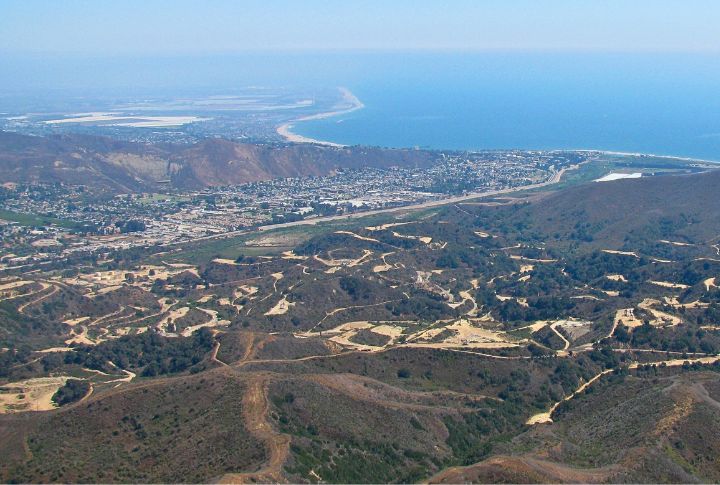
Ranchers across Ventura and Los Angeles counties are raising alarms as the Liberty Canyon wildlife crossing nears completion. However, data from a 2019 Humane Society report shows cougars have little overall impact on livestock. This casts doubt on claims that the new path threatens rural herds.
Nevada: Cites Fire Risk In Corridor Route Debate
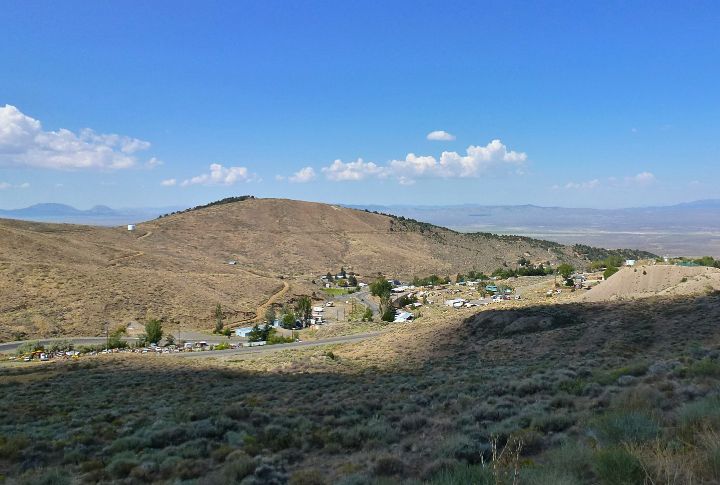
Nevada fire marshals and rural fire departments are sounding the alarm over corridor plans skirting fuel-heavy zones near Ely and Austin. By opening new migration lines through arid terrain, opponents claim mountain lions could unintentionally spread invasive plant seeds that raise the chance of ignition during high-risk summer months.
New Mexico: Struggles With Data Transparency

In Sandoval County, corridor critics say the state’s Environmental Department hasn’t disclosed enough ecological modeling to justify cougar prioritization. Despite over 200 square miles flagged as potential pathways in 2023, public forums revealed that local biologists and tribal councils were left out of preliminary planning decisions for corridor placement.
Washington: Concerns Over I-90 Expansion Impacts

East of Snoqualmie Pass, a wildlife overcrossing aims to connect fragmented cougar habitat—but critics say it threatens to worsen traffic congestion during peak ski season. Some residents also worry the structure may help invasive species and predators move more freely across sensitive alpine zones.
Montana: Worries About Increased Human-Wildlife Contact
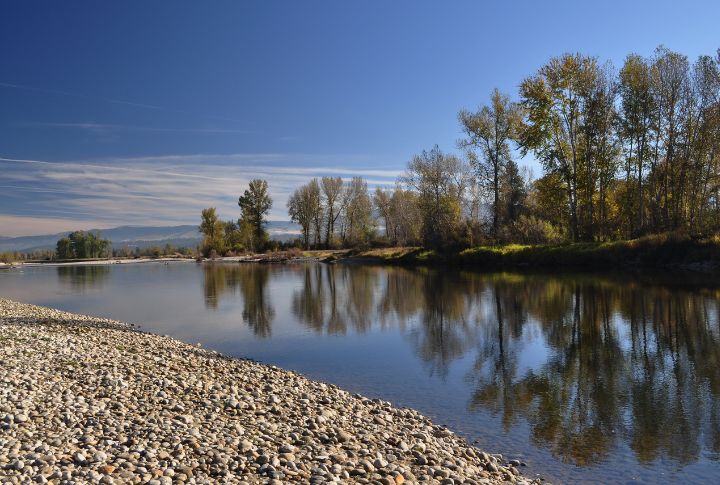
Efforts to link habitats across the Bitterroot Valley have sparked concern in Ravalli and Missoula counties. Residents recall a 2022 spike in mountain lion sightings near daycare centers, arguing that funneling animals closer to populated zones through engineered corridors could compromise public safety. Officials remain cautious amid growing local pushback.
Idaho: Its Ranching Regions Demand Predator Safeguards

Around the Salmon-Challis National Forest, ranching communities have urged the state to include conflict mitigation funding in corridor rollout plans. While mountain lions pose minimal risk to humans, producers want guarantees that livestock losses will be addressed alongside ecological connectivity.
Colorado: Questions The Cost-Benefit Of Wellington Bridge
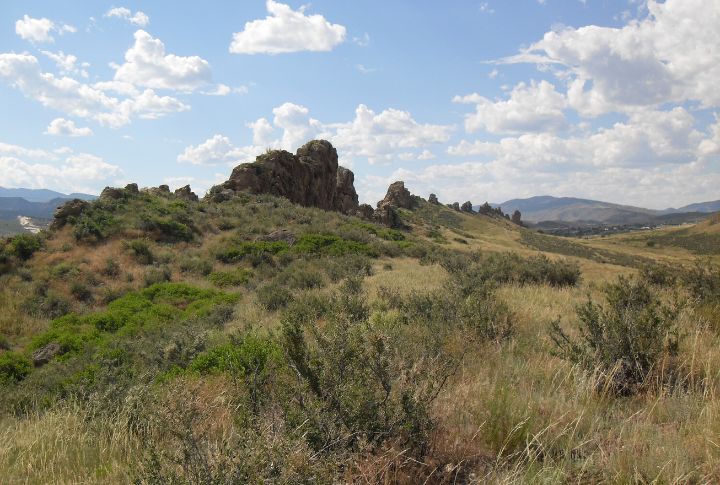
Northern Colorado’s $22 million I-25 wildlife bridge sparked backlash from Loveland-area voters, who questioned why mountain lions were prioritized over pothole repairs. Critics cite only three verified cougar crossings in the zone over five years, suggesting elk and deer may benefit more than the species it’s marketed for.
